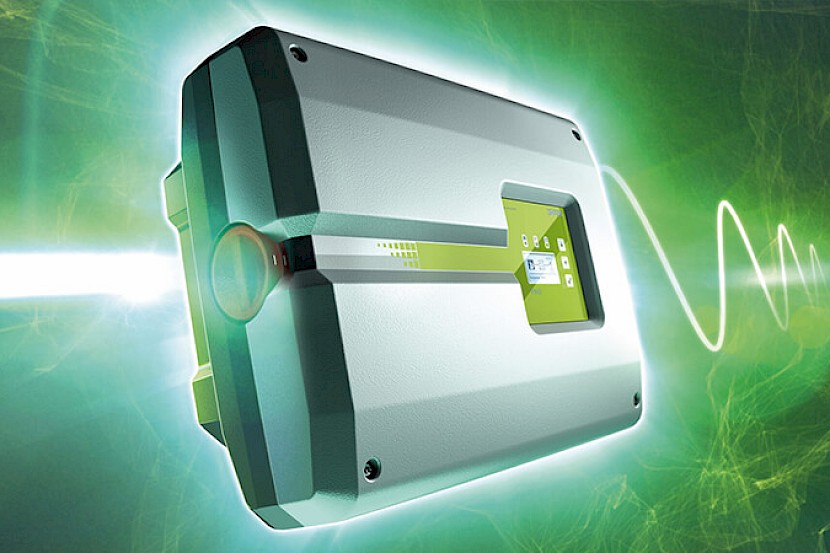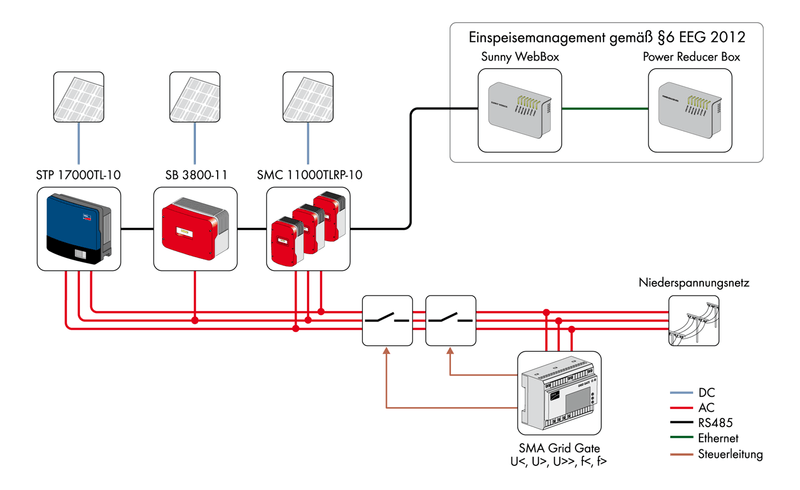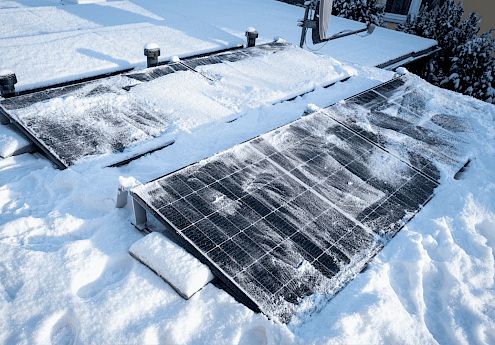
Transformer or transformerless?
Not so long ago, only inverters with a transformer were offered because they posed a lower safety risk, but this view has changed today. Both have their advantages and disadvantages. A clear advantage of the devices with a transformer is the galvanic isolation, in which there is no conductive connection between the two circuits. Direct current and alternating current, i.e. the solar generator and the supply network, form separate circuits. In turn, the advantage of the transformerless inverter is its higher efficiency, which reaches up to 98 percent, while the string inverter with transformer only achieves 95 percent due to the conversion losses. That may not seem like much at first, but it is reflected in daily use. Even in the case of the applicable safety requirements, the requirements, such as overvoltage protection, are easier to meet for a string inverter with a transformer. A PV system with transformerless inverters requires a consistent adjustment according to protection class II, which can require additional investments.
Advantages and disadvantages of transformer inverters
A clear advantage of devices with a transformer is that they can be connected to positively and negatively grounded modules. This is particularly important when using thin-film panels, since negative grounding is required for almost all models. On the other hand, its higher weight is disadvantageous in two respects: firstly, it makes assembly more difficult, secondly, the higher material expenditure naturally also causes higher material costs. Another factor is the noise level. Since additional ventilation usually has to be installed in addition to the transformers in order to avoid overheating, this not only results in increased energy consumption, but also in additional background noise, the emission of which is between 30 and 70 dB.
Advantages and disadvantages of transformerless inverters
An advantage of transformerless inverters is that significantly more solar modules can be connected in series, thus achieving higher performance per string. This is reflected in the lower system price, particularly in the case of large photovoltaic systems that also work with multi-string inverters. As mentioned above, transformerless inverters have a higher efficiency of around four percent, they are lighter, quieter and, last but not least, cheaper. Not all thin-film modules can be operated without transformers, but some can be used without problems. It is therefore important to clarify this before installing.

Single, two or three phase inverters
Another important question is that of the appropriate connection, with the trend currently moving towards three-phase string inverters and multi-string inverters, since the use of three-phase models prevents unbalanced loads caused by the current being fed into the grid. Because if PV systems only feed in in one phase, this can lead to asymmetries in the grid voltage if the individual power consumers are distributed unevenly across the different grid phases.
However, with a three-phase inverter and a multi-string inverter, the current is always distributed symmetrically to all three phases. If peak loads with high power consumption occur, such as when starting up a washing machine, or load dips due to insufficient solar radiation, these are regulated and compensated for by the three-phase string inverter. In the case of a single-phase or two-phase string inverter, it can happen that individual devices with a three-phase connection, such as a kitchen stove, fail when the network volume is too low. With two-phase devices, each has its own MPP tracker, so each phase can be assigned individually.

String and multi-string
Since string inverters are most commonly used in larger photovoltaic systems, multi-string inverters are also often used for several strings. Since the multi-string inverter does not connect the solar modules of the respective plots in parallel, but at several points in the string, strong and weak modules can be combined depending on the modality. These are then connected either to one string per string or to several strings together in a multi-string inverter.
The manufacturers of solar modules and PV inverters have started to work together intensively. Some module manufacturers indicate suitable inverters in their technical data. Further information on which devices are suitable can be found on the SecondSol online marketplace.




